Opinion
Hyderabad Revisited
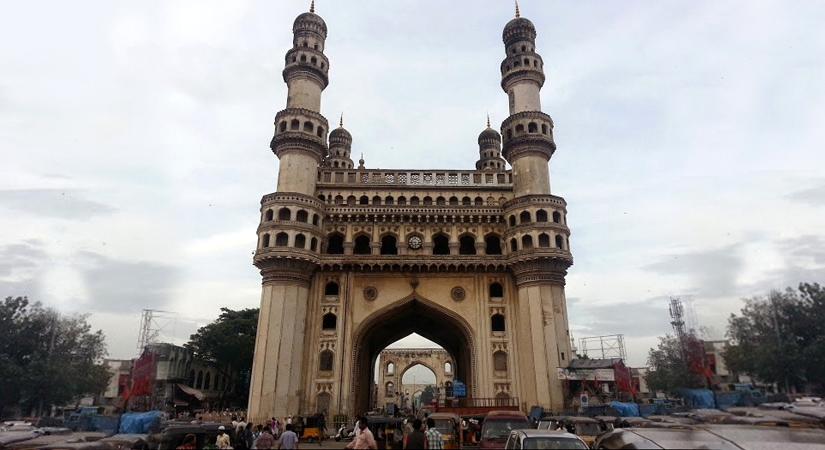
The city of the Nizam is a colourful mish-mash of the past and the present
ByShona Adhikari
September 10, 2019 (IANSlife) Returning to Hyderabad after many years was an experience that I had really been looking forward to. What I saw was a Hyderabad very different from the one I remembered from my childhood. Heading out from Begumpet, I drove past the Raj Bhawan towards the enormous expanse of the Hussain Sagar Lake. Along the way, all the modern structures were reaching skywards, and there were hardly any old houses. I wondered, where was the old Hyderabad of the Nizams, who made the city their base and later their capital in 1590?
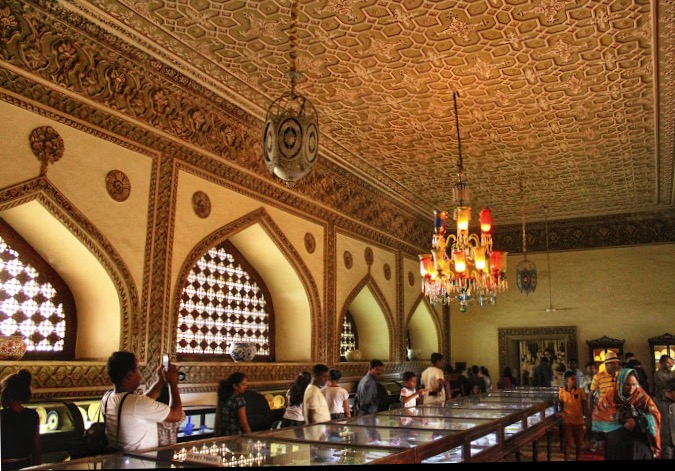
My first stop was at the city’s most famous landmark the Charminar. Having set out quite early, I was hoping to see the area around it, before it became too busy. The Charminar did not disappoint me -- it looked every bit as imposing and spectacular as I remembered. The beautifully proportioned monument with the four minarets has a mosque on the upper level, but tucked away on one side of its massive base, I discovered a tiny temple.
The entire area was already bustling with activity – children were going to school with heavy satchels on their backs, the eateries around the square were full of people catching a quick bite on their way to work, burkha-clad women shoppers on foot and in auto rickshaws went about their business.
A little further ahead, stood the famous Mecca Mosque reputed to be the largest mosque in the world. It is said to have taken the whole of the 17th century, to be built. In this area, which for all purposes may be considered the very heart of the city, time seems to have stood still -- the Hyderabad of my memories!
The streets around the Charminar are narrow, and four massive gates lead out from the square. The buildings that line the streets and the square are said to have been built by a succession of Nizams. While hoardings and glow-signs of new brand names indicate the changing scenario, the Charminar is much as it was at the time when legendary photographer, Raja Din Dayal, took his famous photograph of this historic monument.
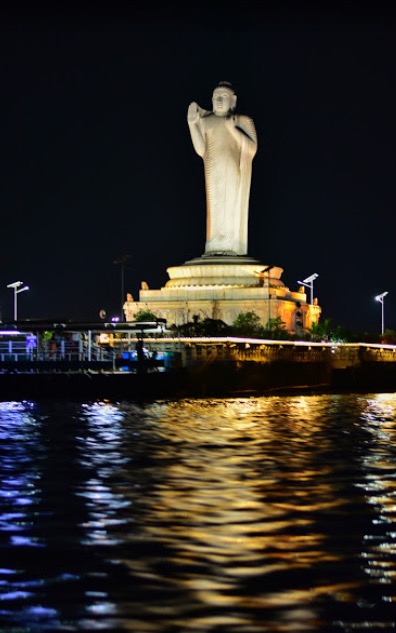
Later in the day, following the same route I had taken in the morning, I stopped by the Hussain Sagar Lake. The lake, which has been the main water body in the city for centuries, is named after Husain Wali, an architect who hailed from Baghdad. A massive statue of the Buddha -- erected after many mishaps -- looks deceptively small and stands in the middle of lake. Boating and yachting clubs on the banks, offer rides right up to the statue. Also on the banks is Lumbini Park, with its colourfully lit musical fountain.
Along the Lake runs the wide Tank Bund Road, with larger than life figures of heroes -- both mythical and national -- lining one side. The road connects Hyderabad with its twin city Secunderabad -- the army cantonment built by the British, which earlier seemed far away from Hyderabad, but is now fully linked by offices and a busy shopping area.
A whole array of Parsi bakeries can be seen beyond the lake. Further down the road is Paradise Circle, a popular hub of restaurants and fast food outlets for office-goers and shoppers. The Paradise restaurant, named after the circle, offers a decent biryani, but if you want the right atmosphere, try the restaurant at Madina, among the oldest Iranian hotels near the Charminar
The Fateh Maidan that comes up after the shopping area, is the spot where prior to the siege of the Golconda Fort the army was defeated by the Mughals.
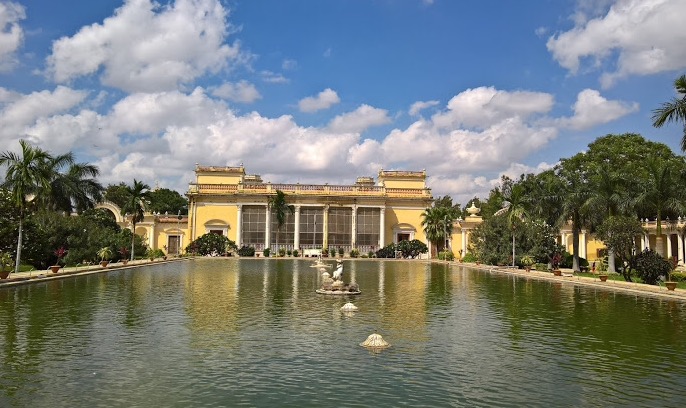
The sizable Parsi population of Hyderabad, mostly live around Pendegast Road. Having been closely linked with the Nizams for generations, the Parsis of the city have a different lifestyle from the Parsis of Mumbai. On ceremonial occasions, they were known to wear achkans and headgear -- a tradition that continues among the older generation.
The homes and tombs of Hyderabad’s noblemen of the Paigah dynasty dot the city, and are notable for their ornate architecture. The grounds of one of these homes, has been the venue for the city’s keenly contested cricket matches, the Mohinuddaullah Cup. There is also the Country Club, which was earlier the home of Bashir Jha, who is said to have owned the largest number of dogs and was popularly referred to as ‘Kutte Ka Nawab’.
Among the city’s important structures is the Nizam’s main residence, the Chowmahalla Palace -- a cluster of four palaces -- which was awarded the UNESCO Asia Pacific Merit Award for heritage conservation. Other structures worth seeing include the Hyderabad Public School, the splendid white-painted Legislative Assembly building, the Osmania University with its sprawling campus, the Telugu University, the Osmania General Hospital, and the High Court, which lies across the River Musi,.
The ‘Salar Jung Museum’, now a national museum, houses an amazing collection of rare and unusual art objects collected by Nawab Salar Jung III. Visitors need to allow at least half a day to do justice to this special collection.
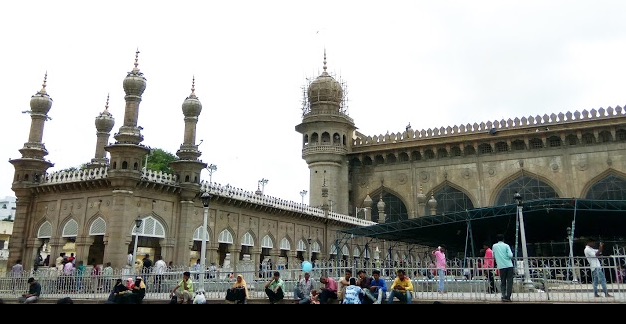
The legendary Golconda Fort is just a half hour’s drive from the city. Near the fort are the Qutb Shahi tombs, and one needs half a day, to see it all. A sound & light show is held at the Fort every evening, focusing on the fascinating life and times of the Qutb Shahi Dynasty.
There is much more about Hyderabad that needs to be said -- about its famed laid-back lifestyle redolent with an appreciation of all aspects of art and culture. In direct contrast to this, has been the surge of interest both nationwide and worldwide in information technology and some of the best medical institutes in India.
Shopping is very exciting in this city. The legendary wealth of the Nizams helped make the city a storehouse of jewels. Even today, the finest and the largest selection of real and cultured pearls are available at Hyderabad. It is hard to resist the stunning ‘Pochampalli’ silks, the age-old ‘Ikat’ weaves and the traditional art of ‘Kalamkari’ -- hand-painted images on cotton fabric.
(This article is a website exclusive and cannot be reproduced without permission of IANSlife)
Shona Adhikari is a lifestyle and travel columnist.
Editing by Ritu Pandey and N. Lothungbeni Humtsoe


